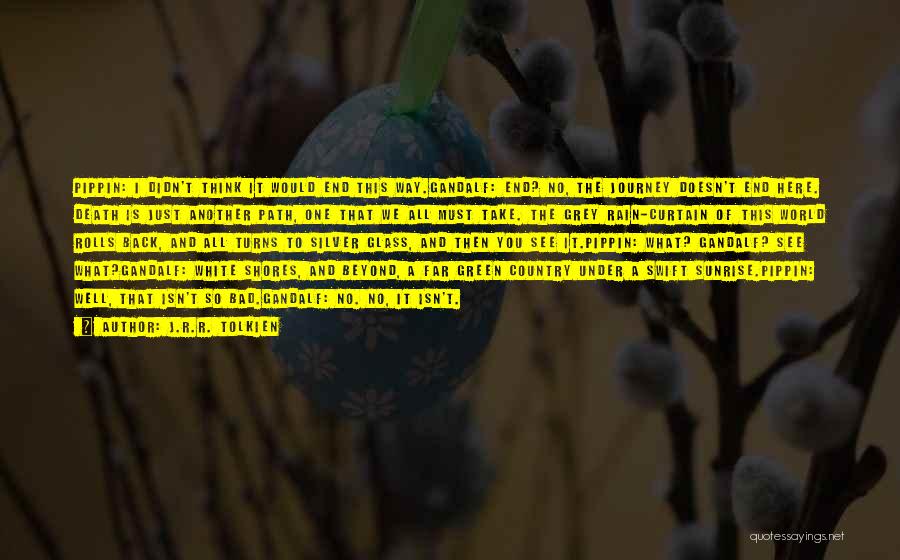

The dried films were immersed into a 70% ( v/v) ethanol aqueous solution containing 1% ( v/v) epichlorohydrin in order to cross-link at 60☌ for 1 h. Retention of antimicrobial activity even after being immersed in water for 100 days indicated that PA6 filled with 2 wt% nanosilver is an effective antimicrobial material for long-term applications ( Damm et al., 2007).įurther, a biopolymeric soy protein isolation (SPI) film was embedded with AgNPs by mixing both and then casting on a 5 × 5 cm 2 polystyrene plate followed by drying at room temperature. Although PA6 individually does not have any antimicrobial activity, PA6/Ag nanocomposites can kill E. AgNPs were generated in polyamide 6 (PA6) by the thermal reduction of Ag 1 + ions during the melt processing of a PA6/silver acetate mixture. Various techniques like co-reduction, physical mixing of preformed AgNPs with biopolymers, sputtering, and plasma deposition have been used to incorporate silver into polymeric matrixes ( Sambhy et al., 2006). Although there are several methods for the synthesis of AgNPs, biological routes employing medicinal plants like Barleria prionitis, Dioscorea oppositifolia, Gloriosa superba, Dioscorea bulbifera, Platanus orientalis, Litchi chinensis, and Gnidia glauca have gained more attention recently ( Ghosh et al., 2012, 2016a,b,c Shende et al., 2017, 2018 Shinde et al., 2018).


Silver ions and nanoparticles (AgNPs) exhibit a broad spectrum of biocidal activity against bacteria, fungi, and viruses and are the most preferred active component in silver-based antimicrobials ( Ghosh and Chopade, 2017 Kale et al., 2017 Ghosh et al., 2018). Webster, in Biopolymer-Based Nano Films, 2021 14.4.1 Silver-based nanofilms


 0 kommentar(er)
0 kommentar(er)
